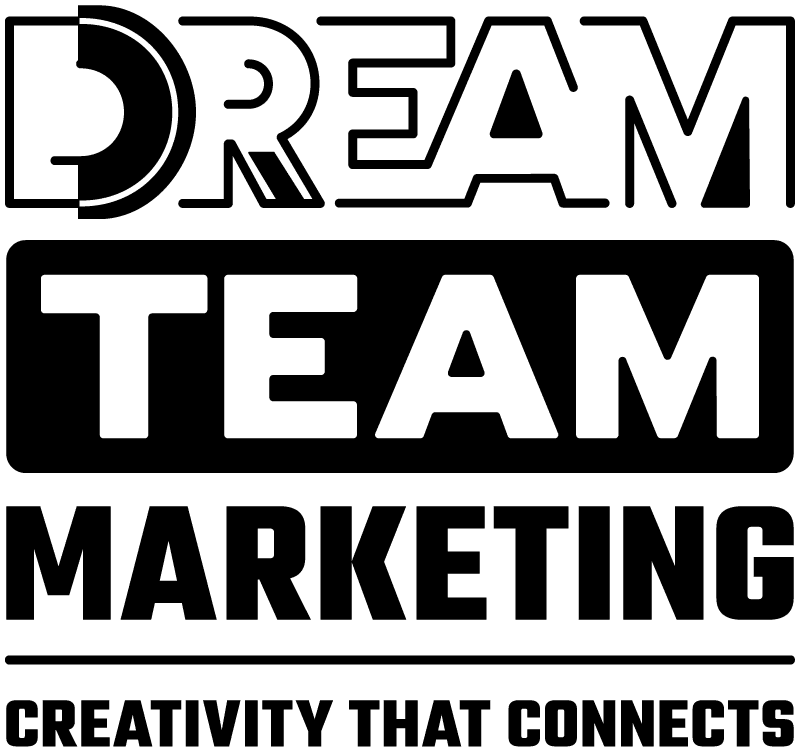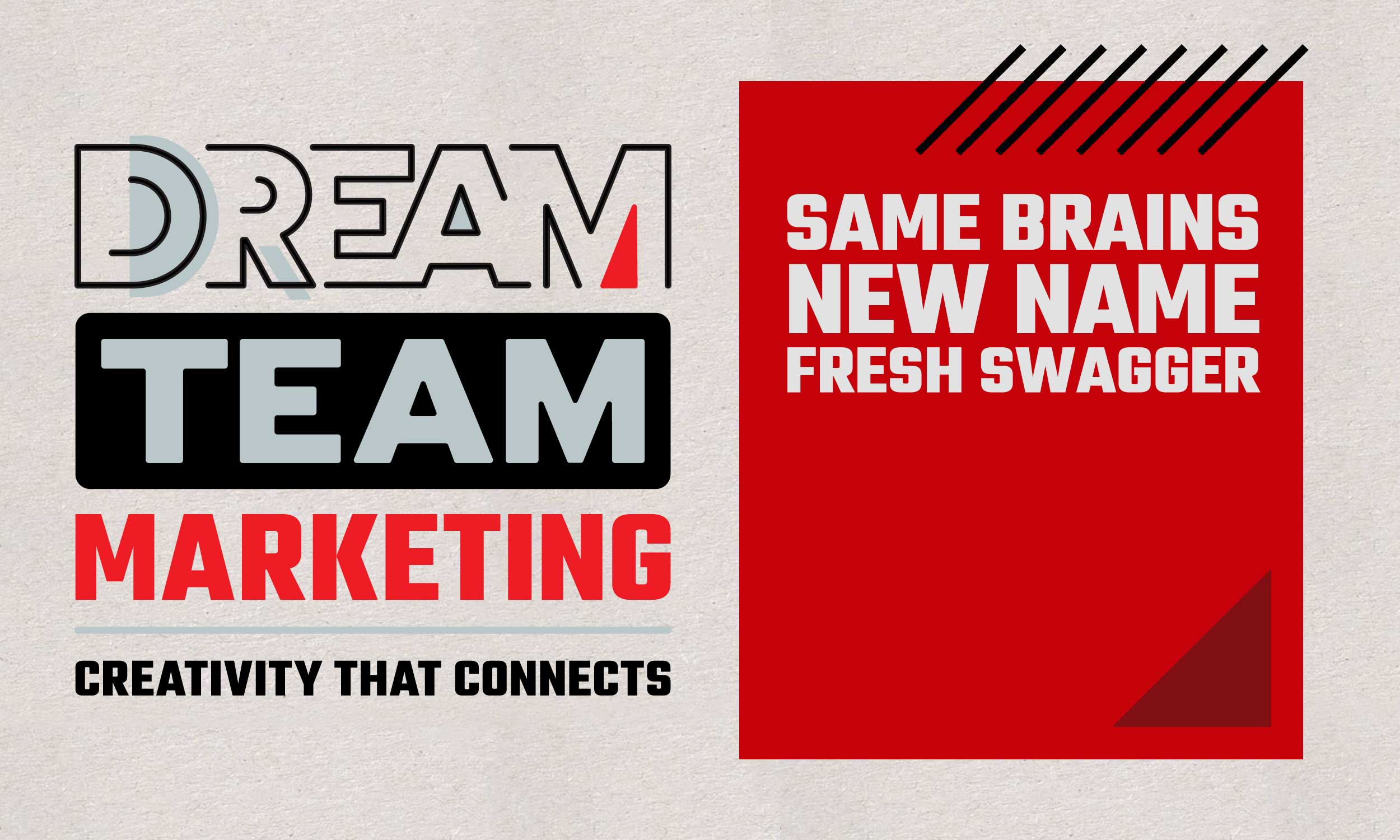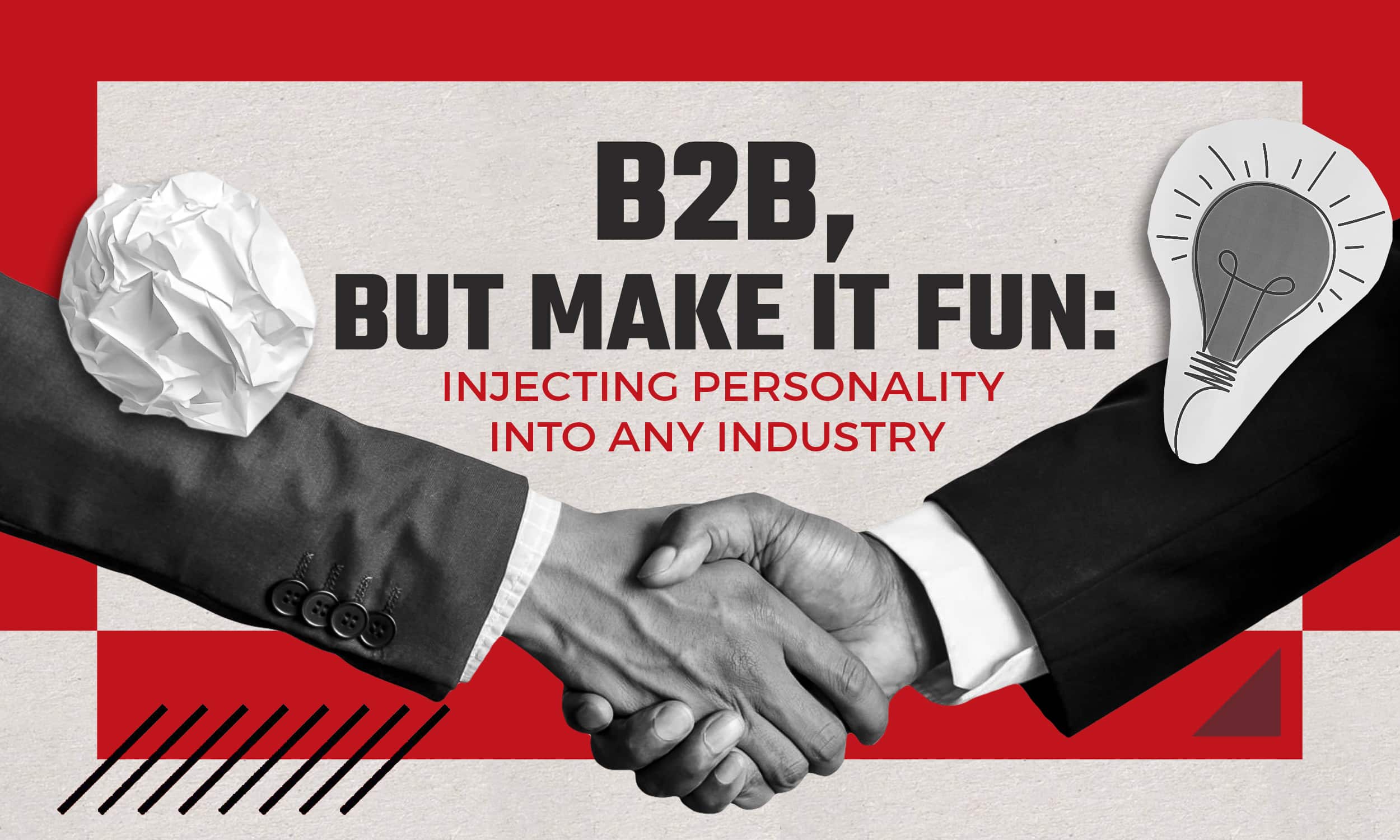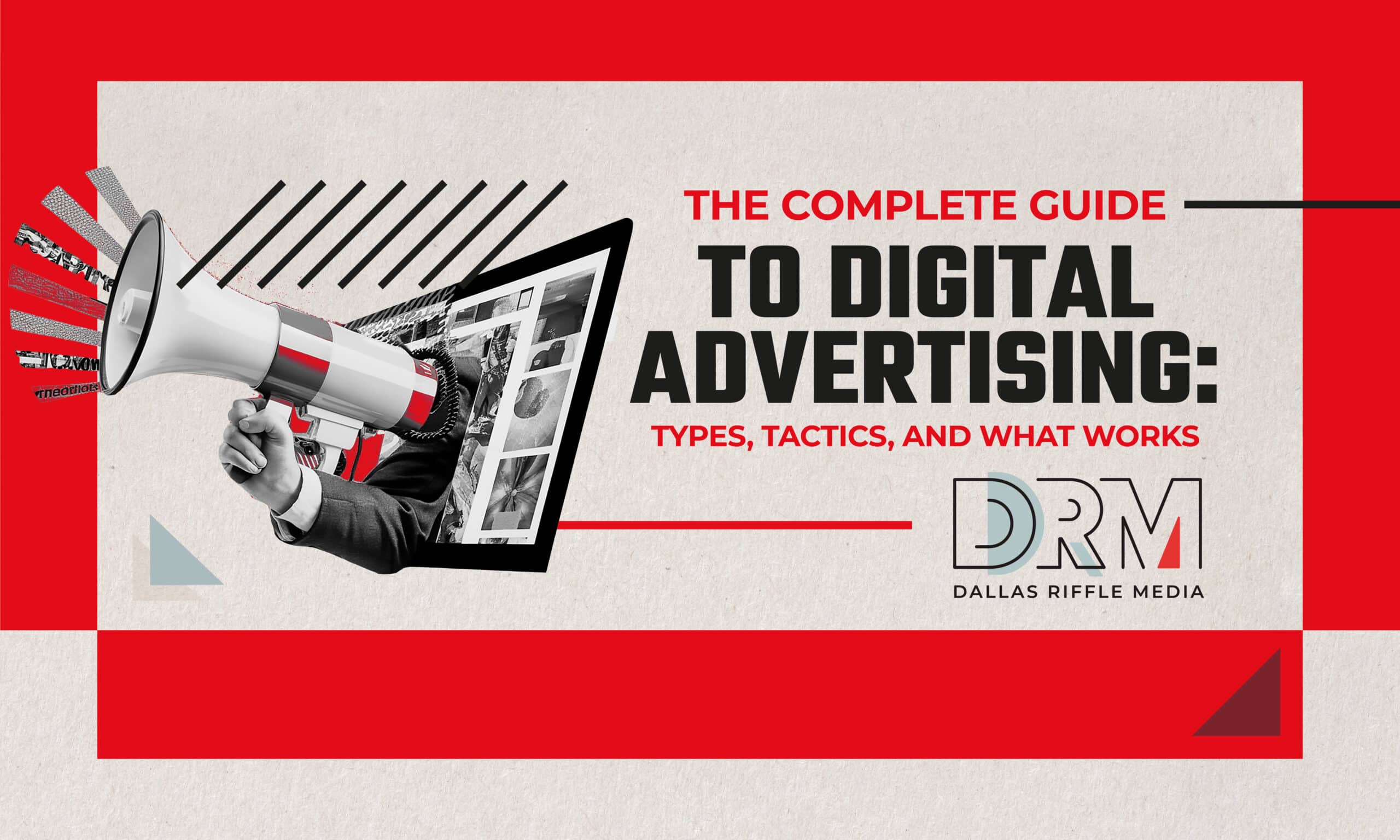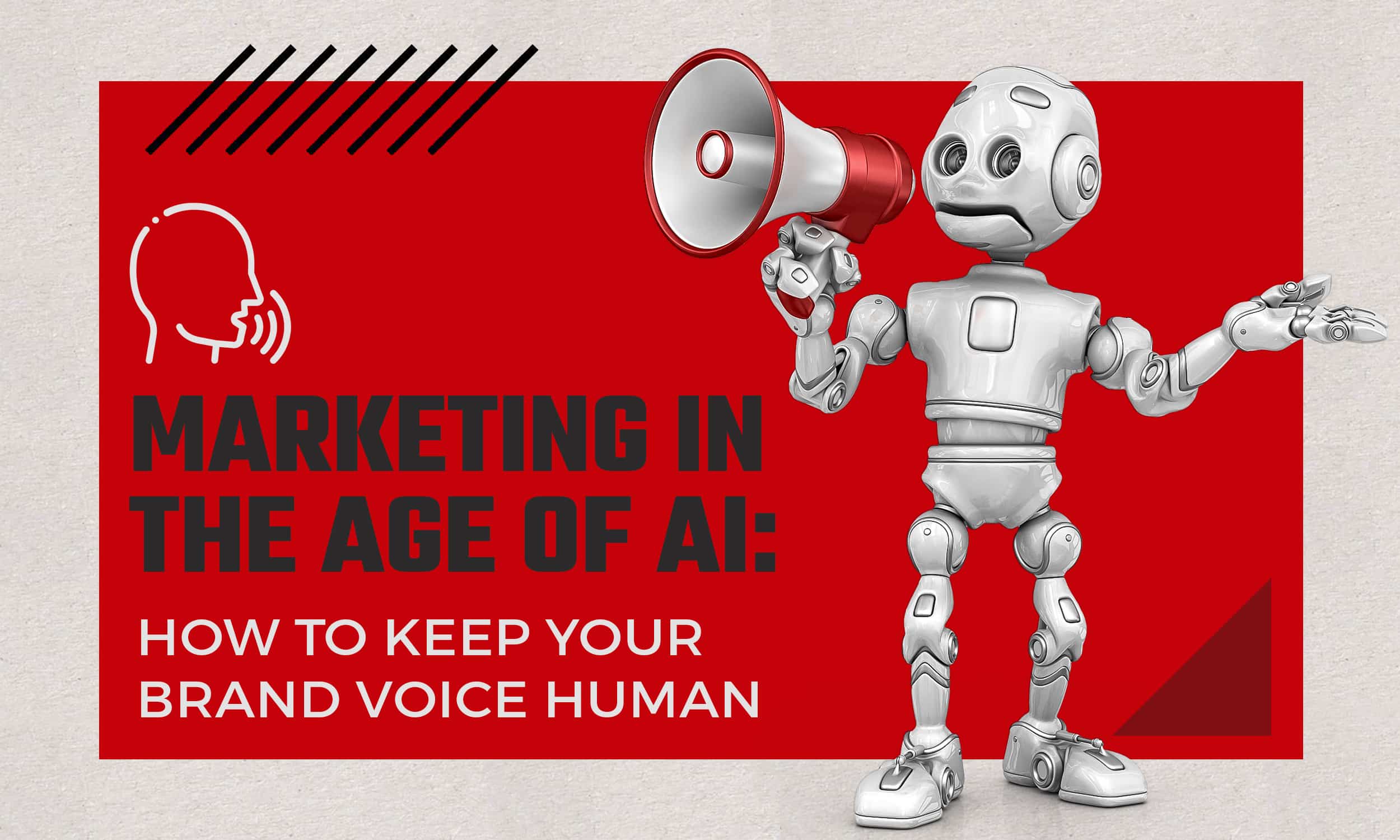
Marketing in the Age of AI: How to Keep Your Brand Voice Human
Thanks to AI tools, anyone can click a button and have social media posts, commercials, or blog posts created instantly. Same for logo designs and graphics. We are living in a strange and weird new marketing world: The Age of AI.
With AI tools like ChatGPT, Midjourney, Sora, and tons of specialized content automation platforms, brands can now produce content faster, cheaper, and at a larger scale than ever before. But this rapid rise in synthetic marketing makes us wonder:
If everyone can sound polished and professional, what makes your brand feel real?
The answer is deceptively simple—and more important than ever: a human voice.
In this blog post, we’ll explore how brands can preserve—and even amplify—their personality in a vast sea of AI-generated sameness. We’ll look at what defines a human brand voice, why it still matters in 2025, and how to evolve your content without sounding like a copy of a copy of a copy.
The Rise of AI
AI has disrupted marketing. It’s scary enough that tools can write your emails or press releases—what’s terrifying is that so many people are using them as a substitute for real, human creativity.
From entrepreneurs to corporate enterprises, content is now being mass-produced with the help of AI. And while this unlocks massive efficiency, it also creates a new problem: brand voices are starting to sound the same.
That email you just got from an ecommerce site? It sounds eerily similar to the one from your software provider, doesn’t it? That video company’s “About Us” page? It could’ve been written by any one of 50 AI writing assistants. And probably was.
Consumers are noticing—and tuning out. AI doesn’t just create content faster. It creates more of it, flooding inboxes and social media feeds with generic, inoffensive, and forgettable messaging. If Boring and Blah had a baby, it would still be more interesting than most AI written copy.
Why Your Brand Voice Matters More Than Ever
In the past, brand voice was something that took time, effort, repetition, and careful curation by a skilled team of marketers. It helped your business stand out but wasn’t necessarily essential to operations.
In 2025, it’s the opposite.
A compelling human brand voice is one of the few remaining ways to stand out in a world of AI-generated slop, er, content. It’s how your audience recognizes you. It’s how they build trust. And it’s how they remember you.
Think about some brands people love—Patagonia, Liquid Death, Harley Davidson, or Nike. You read their messages and you can almost hear the words in your head. That’s voice. That’s connection.
And it’s no accident.
What a Human Brand Voice Sounds Like
A human brand voice isn’t about being funny or informal or quirky—though it can be. It’s about being:
- Consistent: Your tone, language, and values show up the same way across platforms.
- Emotional: You show care, empathy, humor, or confidence—just like real people do.
- Distinctive: Your voice couldn’t be mistaken for anyone else’s.
- Honest: You say what you mean. You take a stand. You admit mistakes. You don’t over-polish or over-promise.
It’s not about perfection. It’s about personality. So, here are:
6 Ways to Keep Your Brand Voice Human in an AI World
- Build a Voice Guide—Not Just a Style Guide
Most brand guidelines cover logos, fonts, and grammar preferences. But in the age of AI, your voice deserves its own section.
Document:
- Your tone (e.g., bold, kind, witty, rebellious)
- Signature phrases or ways of speaking
- Words you use—and words you avoid
- Emotional triggers you lean into (hope, challenge, curiosity)
- Real-life examples of “on-brand” copy
Your voice guide becomes the blueprint for both humans and AI tools to follow—making your content feel cohesive and genuine, not manufactured or canned.
- Inject Real Stories, Not Just Data
AI is great at summarizing facts. But it can’t tell stories with feeling and soul.
Make your content more human by weaving in:
- Customer quotes
- Founder or employee anecdotes
- Specific struggles you’ve overcome
- Behind-the-scenes peeks at your team
These are hard to fake—and even harder to forget.
- Train AI Tools on Your Voice
Don’t rely on default prompts and outputs. Most AI tools sound generic out of the box.
Instead:
- Have AI use past blogs, emails, and social posts as inspiration and for guidance
- Give clear instructions like “write in a confident, witty tone with short, punchy sentences”
- Most importantly, edit ruthlessly to make the output sound more you
Remember: AI is your assistant, not your voice. You’re still the one in charge of its tone.
- Use AI to Scale Your Personality—Not Replace It
You can use AI to generate drafts, headlines, variations, or outlines. But make sure a human shapes and polishes the final product.
Think of it like this:
- AI gets you to 60%. It speeds things up.
- You bring the last 40%. That’s where voice, nuance, creativity, and originality live.
It’s in the final 40% that brand magic happens.
- Audit for “AI-ness”
Before you hit ‘publish,’ ask:
- Does this sound like us—or like everyone else?
- Could a competitor have written this exact thing?
- Does it make me feel something?
If the message sounds “meh,” go back and infuse more personality. Replace vague statements with specifics. Swap robotic phrases for natural language. Add a wink, a joke, a stance—something that sounds human.
- Double Down on Community and Interaction
Voice isn’t just about what you say. It’s how you engage.
Use:
- Real-time Q&As
- Unfiltered social posts
- Curated influencers
- Casual, off-script videos
The more you interact like a real person, the more your brand stands out from automated AI noise.
Examples: Human vs. AI Voice
Let’s say you’re a wellness brand launching a new product.
AI-sounding version:
“Our new adaptogenic formula supports mental clarity and overall balance throughout the day.”
Human-sounding version:
“Brain fog, meet your match. Our new blend helps you stay sharp, grounded, and focused—without the crash.”
Or a B2B software brand:
AI-sounding:
“We offer scalable solutions designed to streamline workflows and optimize results.”
Human-sounding:
“Too many tabs open? We help teams get more done, with fewer headaches—and zero fluff.”
Hear the difference? One sounds like it was written for everyone. The other sounds like it was written by someone.
The Future Belongs to the Real
AI is getting smarter and that’s why being real matters more—not less.
Your quirks, your philosophy, your je ne sais quoi—these are the things that no AI tool can replicate. They’re your brand’s fingerprint.
So, yes, use AI. Embrace the speed. Automate the boring stuff.
But when it comes to your voice? Make it unmistakably human.
Need help defining or refining your brand voice?
We help businesses unlock messaging that cuts through the noise—even the synthetic AI kind. Let’s keep your brand sounding like you. The DRM creative collaborators can help you create a messaging and brand voice strategy that aligns with your overall marketing strategy.
DRM is a full-service marketing agency that uses creativity to connect your brand to your audience and help your business grow. We were founded to do what we are passionate about: Putting creativity to work and connecting brands to their audience, connecting audiences to your company goals, and connecting your business to the success it deserves.

